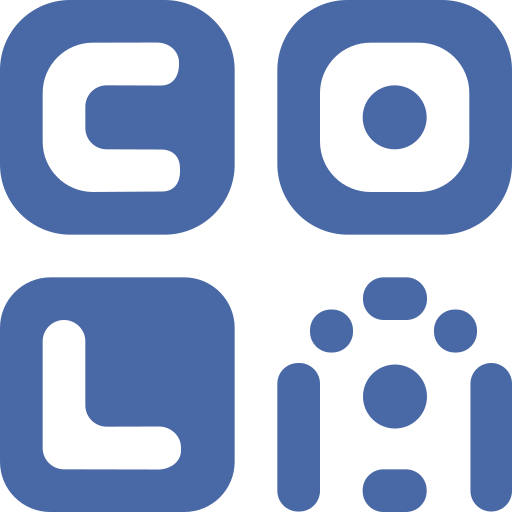QR Codes in Education: How Teachers Are Making Learning Interactive

QR codes, those small black and white squares, are not just for marketing and events anymore. Innovative teachers are now using them to create engaging and interactive learning experiences for students of all ages. Here's how QR codes are transforming education:
1. Interactive Worksheets and Activities
- Use Case: Teachers are embedding QR codes into worksheets and activity sheets. Students can scan the codes to access supplementary materials like videos, audio recordings, or interactive quizzes that enhance the lesson.
- Benefits: Makes learning more dynamic, caters to different learning styles, and provides instant feedback.
2. Scavenger Hunts and Gamification
- Use Case: QR codes can be used to create educational scavenger hunts around the classroom, school, or even outdoors. Students scan codes to find clues, solve puzzles, and learn in an interactive and engaging way.
- Benefits: Promotes teamwork, problem-solving skills, and makes learning fun.
3. Access to Digital Resources
- Use Case: QR codes can provide students with quick access to online resources such as articles, websites, and digital textbooks.
- Benefits: Saves time, promotes digital literacy, and provides access to a wealth of information.
4. Multimedia Presentations
- Use Case: Teachers are incorporating QR codes into their presentations. Students can scan the codes to access additional information, videos, or interactive elements on their own devices.
- Benefits: Keeps students engaged, allows for self-paced learning, and makes presentations more interactive.
5. Virtual Field Trips
- Use Case: QR codes can take students on virtual field trips to museums, historical sites, or other locations around the world.
- Benefits: Provides immersive learning experiences, expands students' horizons, and is accessible to all students, regardless of location or resources.
6. Personalized Learning
- Use Case: Teachers can create QR codes that link to personalized learning resources or activities for individual students or groups.
- Benefits: Allows for differentiated instruction, caters to individual learning needs, and promotes student autonomy.
7. Parent Engagement
- Use Case: QR codes can be used to share classroom updates, newsletters, or event information with parents.
- Benefits: Improves communication, keeps parents informed, and promotes a strong home-school connection.
8. Student Projects
- Use Case: Students can incorporate QR codes into their projects to make them more interactive. For example, they can create a QR code that links to a video presentation, a digital portfolio, or additional information.
- Benefits: Encourages creativity, promotes digital literacy, and allows students to showcase their work in innovative ways.
9. Language Learning
- Use Case: QR codes can be used to provide students with access to audio recordings of vocabulary words, pronunciation guides, or interactive language lessons.
- Benefits: Enhances language acquisition, improves listening and speaking skills, and provides authentic learning experiences.
10. Classroom Management
- Use Case: QR codes can be used to streamline classroom management tasks such as attendance taking, sign-ups for activities, or access to classroom rules and expectations.
- Benefits: Saves time, improves organization, and promotes student responsibility.
By embracing QR codes, educators can create dynamic and engaging learning environments that prepare students for success in the digital age.


